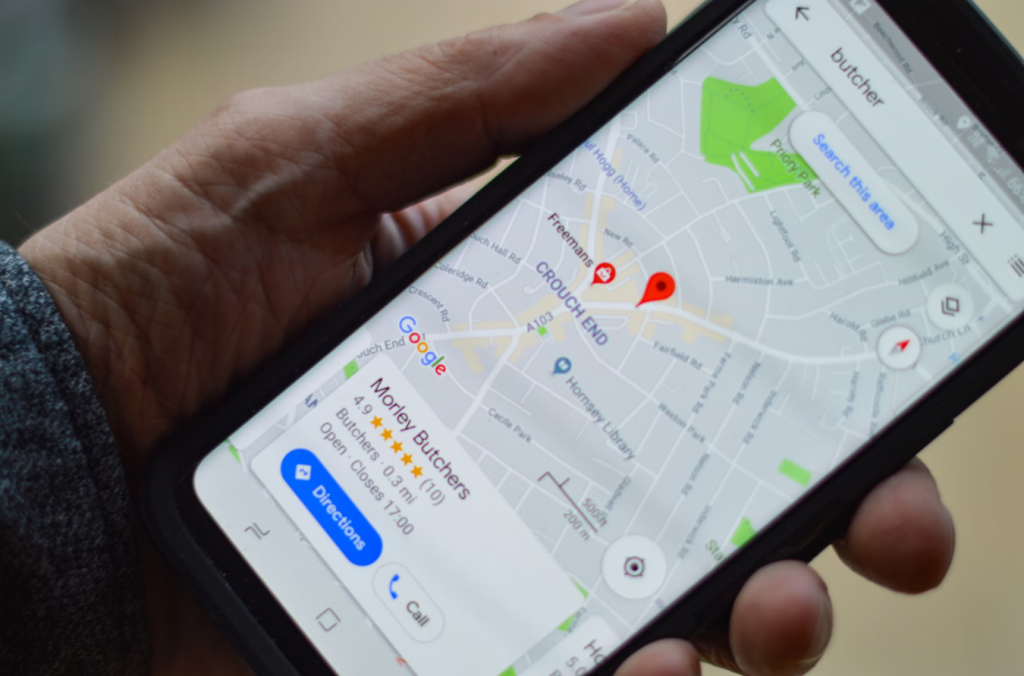You have customers in a specific locality, be it a small neighborhood or a sprawling city, who you want to attract. This might be because you run a local business, like a restaurant or a gym. Or perhaps you want to target customers in a new area.

When trying to attract customers in specific locales, one tactic marketers use is hyperlocal social marketing so that social media ads appear for and appeal to customers in these areas. This article covers eight essential strategies for localized social media marketing so your brand can impact a target vicinity.
What is hyperlocal social marketing?
Hyperlocal social marketing means targeting particular geographical areas in your social media marketing. It differs from other types of social media marketing, which often cast a wide national or even international net to reach a wide audience. Hyperlocal social marketing may not seem as big picture as your revenue planning or enterprise architecture strategic planning, but it’s no less important and can be vital for attracting niche audiences.

Hyperlocal social marketing makes use of highly localized information about target audiences. This might include their neighborhood or city or even their wider region. It also encompasses other data like demographics and user behavior to further personalize the marketing.
8 hyperlocal social marketing strategies
1. Geotargeted advertising
Social media advertising platforms, including Facebook Ads for Facebook and Instagram, have built-in tools to help you target specific geographic areas with your paid ads. Set a geographic radius for certain posts so that they’re targeted at users in those areas.
You can use this to promote local events or products. This is also useful if you have a physical business, like a store or gym since you can aim ads at people who live locally.
2. Localized content
Once you’ve targeted your ads or content towards local customers, consider making the content on your social media pages localized, too. Develop content that speaks to the interests and needs of your local audience. That might mean highlighting local events or landmarks, as this shows a stronger understanding of the local area.

If your social media posts are linked to your website or blog, make sure your site domain matches that of your target audience. A US-based user may not be interested in content on a website with an .au or .sa domain, for example.
3. Partner with local influencers
What social media influencers or micro-influencers have a strong presence in your target community? Find out and partner with them. You can work together to promote your brands and products and help each other reach a specific local community.
Typical local influencers you might reach out to, depending on your niche, include:
- Food bloggers: If you own a local restaurant or any food-related business, food bloggers with cache in your area can review your dishes and attract like-minded foodies to your brand.
- Fitness and wellness experts: Local trainers or wellness micro-influencers are perfect partners for gyms or any sports-related business.
- Parenting bloggers: If your target audiences are parents or families, local parenting bloggers can help you cater to parents in your community. They might review your products or co-promote your local events.
4. Run location-based offers and promotions
Exclusive discounts for residents of a specific area are a great way to get new customers. These offers should be compelling and unique to your local area. They might include freebies or special perks just for locals.
Then you need to promote these offers on social media. Using the geotargeted advertising mentioned above with location-specific hashtags, promote your local offers on platforms most relevant to your target audience along with clear instructions as to how locals can verify their residency and get the offer.
Have a look at what are micro-influencers and how they are revolutionizing influencer marketing
5. Use local SEO optimization
Your website and social media posts should be optimized for local search queries. This means when local users make searches on Google, your website will have better visibility on search engine results pages (SERPs), including map searches.

To do this, make sure you’ve claimed your Google My Business (GMB) listing and that it has relevant, up-to-date information that correlates with the info on your website. Then, conduct local keyword research using the Google Keyword Planner to see what keywords come up for local searches. You should incorporate these keywords into your online content, from web pages to social media posts.
Regularly update keywords and your GMB profile as a part of your larger application portfolio management to ensure you’re always up to date.
6. Engage with local online communities
Towns or individual neighborhoods in cities often have local forums and social media communities. Examples of such local associations include, but are not limited to: community services, online therapy services, or recreation and sports facilities. You can find your target audience in these online spaces, so find ways to engage with these communities. You can even use these spaces to identify local brand ambassadors for your business.
Using an account associated with your business, engage with posts made in these forums or groups. You can provide helpful info by answering questions and engaging in topical conversations. Not only does this help you engage with your community, but it also builds up your credibility with them.
7. Host local events
Local events and workshops can be an exciting way to engage with existing and new local customers. These events should both reflect your brand and be tailored toward the interests of your local community.
These events can range from cookery classes to networking events. Make sure you not only promote these events ahead of time on social media but also post about them during and after the events as an additional form of local marketing.
8. Collaborate with local partners and sponsors
In addition to influencers, you might also seek partnerships and sponsorships from local businesses or organizations. You could partner with a local charity in their fundraising efforts or collaborate with the local government when running community events. Use email finder software to identify the decision-makers in whatever organization you wish to partner with.
These local partnerships show your commitment to engaging with your community and even giving back to it. Not only does this increase your overall trustworthiness, but it’s also an effective way to increase brand visibility. Once again, be sure to promote these partnerships on social media.
Conclusion: Build communities around your brand
As we have seen in this article, highly localized approaches to social media marketing help you reach a specific target audience and show them your relevance to their needs and interests.
Ultimately, hyperlocal marketing also helps you create a community around your brand. Whether you run a local business or want to attract customers from a niche neighborhood, localizing your marketing efforts shows residents you care about their area and community and can lead to more engaged customers.
Want to build an affiliate program for your store? With GoAffPro, you can easily set up a program for your store. Check out our app: GoAffPro
Leave a Reply